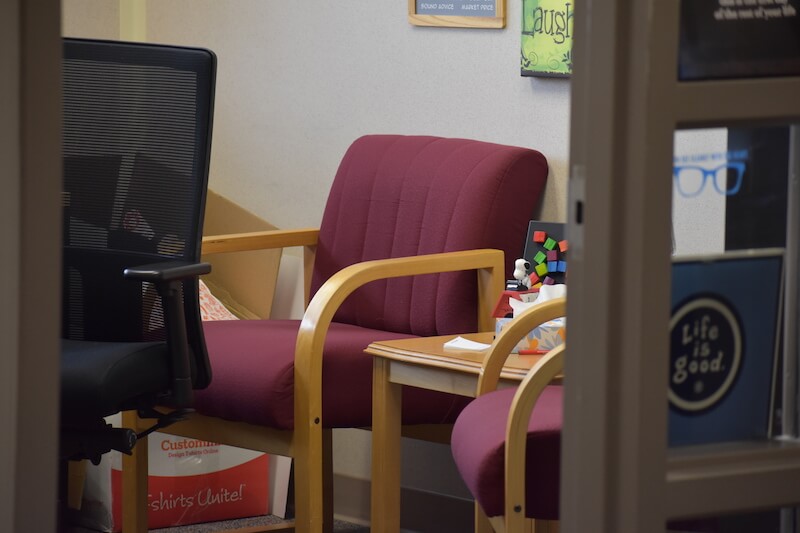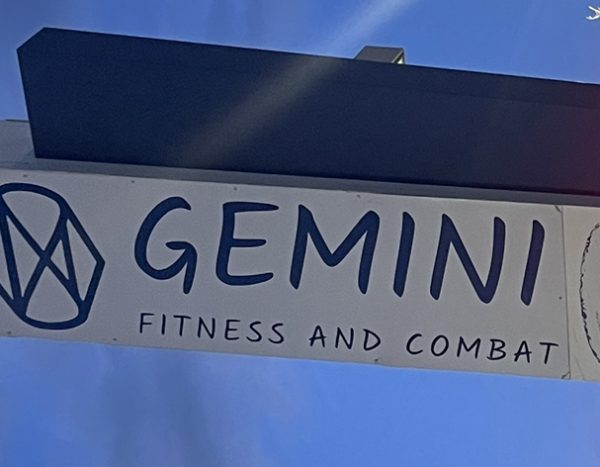[Opinion] Mental Health: A Festering Wound
According to the Centers for Disease Control and Prevention, Colorado ranked ninth in the country for suicide rates.
In 2017, Colorado recorded 1,175 suicide-related deaths–the highest number in the state’s history. Between 2015 and 2017, 533 suicides, were committed by those aged 10 to 24 years old.
Adding to those numbers in January, two middle school students in the Four Corners region died by suicide over a holiday weekend; in October, two seniors at Arapahoe High School died within three days of each other. Two months before, a 9-year-old boy killed himself after being bullied in school after coming out as gay.
And in the last semester of school, a Valor Christian, two Cherry Creek, and most recently, an Eaglecrest student died–all victims of bullying and mental illness
Have enough people died yet?
The response is always the same: thoughts and prayers; “normal” suburban, picture-perfect families saying, “that could never happen to my kids,” teachers crunching in a mandatory discussion in the first five minutes of class; and in merely a few days, the topic of mental health is tucked away like monsters under our childhood beds.
Until the next tragedy.
Here’s the thing, it’s going to take more than a walkout to heal, and to change our district. It’s going to take more than a memorial. It’s going to take more than posting your opinion on your Snapchat story.
So what does it take?
I think most of us are in agreement that we need understanding and trained teachers, counselors, and deans; we need bullying and cyberbullying prevention; we need safe spaces and more mental health education.
But how?
Because, let’s face it, high schoolers will be high schoolers. They will roll their eyes, bounce their leg like they do in health class. They will giggle and still say “I want to die” in long exaggerated sighs or in finsta rants. And, administrators will be administrators. They will roll their eyes and groan because it’s taking away their class time.
That’s because it can’t be squeezed into scheduled time. It can’t be limited.
It needs to be open and safe everywhere and all the time.
We need to eliminate the stigmas of mental health. We need to describe it as an illness, not as an unfortunate statistic, and not as a trend.
We as a society need to understand mental health. We need to know the difference between sadness and depression; a small fear vs anxiety; tidiness vs OCD; naturally skinny vs anorexia.
We as a society and student body need to change– and this can’t be solely the responsibility of twenty-minute counselor “Signs of Suicide” presentations in semester-long health courses.
Mental health literacy should be taught as early as elementary school.
At some point in our lives, 50% of us will suffer from a diagnosable mental illness. And 50% of the time, that will happen before we turn 14. 75% of the time that will happen before we turn 24. In fact, mental illness is now one of the most common childhood diseases.
But only 1 in 3 people will seek treatment, due to lack of information and access. And like any wound, if you let it fester, it will only worsen.
However, this is both a preventable and a treatable illness, through twenty-first-century technology and therapy.
Grandview may have the mental health resources, but Grandview does not advertise them to be accessible. Yes, it is partly the student’s responsibility to get help, but how are they supposed to get help if the resources are unknown, stigmatized, and overall inaccessible?
If schools include early mental health education, encourage constant discussion as well as awareness in our classrooms, schools can expose, address, and teach students, staff, and parents, how to recognize when a child or themselves are sick. Schools can also teach how to get anyone help through eliminating the fear and stigmas to speak up, and by identifying symptoms and treatments.
As a result of this education, schools will be able to update bullying and cyberbullying prevention and intervention programs, as well as other modern and relevant strategies such as requiring students to have mental health checkups.
We need to start viewing Colorado’s appalling statistics as people, as a trigger for a solution, because these deaths were preventable.









![“The Get Down”: A Netflix Series That Deserves More Love. [Opinions]](https://ghschronicle.com/wp-content/uploads/2024/03/The-Get-Down-450x600.png)



Alex Aguilar • May 3, 2019 at 12:41 pm
So happy to see that we’re finally addressing the problem! Good article!
Donald John • May 3, 2019 at 12:17 pm
Maybe you haven’t visited the counselors and psychologist we have here. They are great people and very helpful. Instead of jumping to conclusions, actually try out the resources we have here.
John • May 3, 2019 at 1:16 pm
so….”Grandview may have the mental health resources, but Grandview does not advertise them to be accessible. Yes, it is partly the student’s responsibility to get help, but how are they supposed to get help if the resources are unknown, stigmatized, and overall inaccessible?” Don’t think the article said that we don’t have good counselors. I think you missed the point oof.